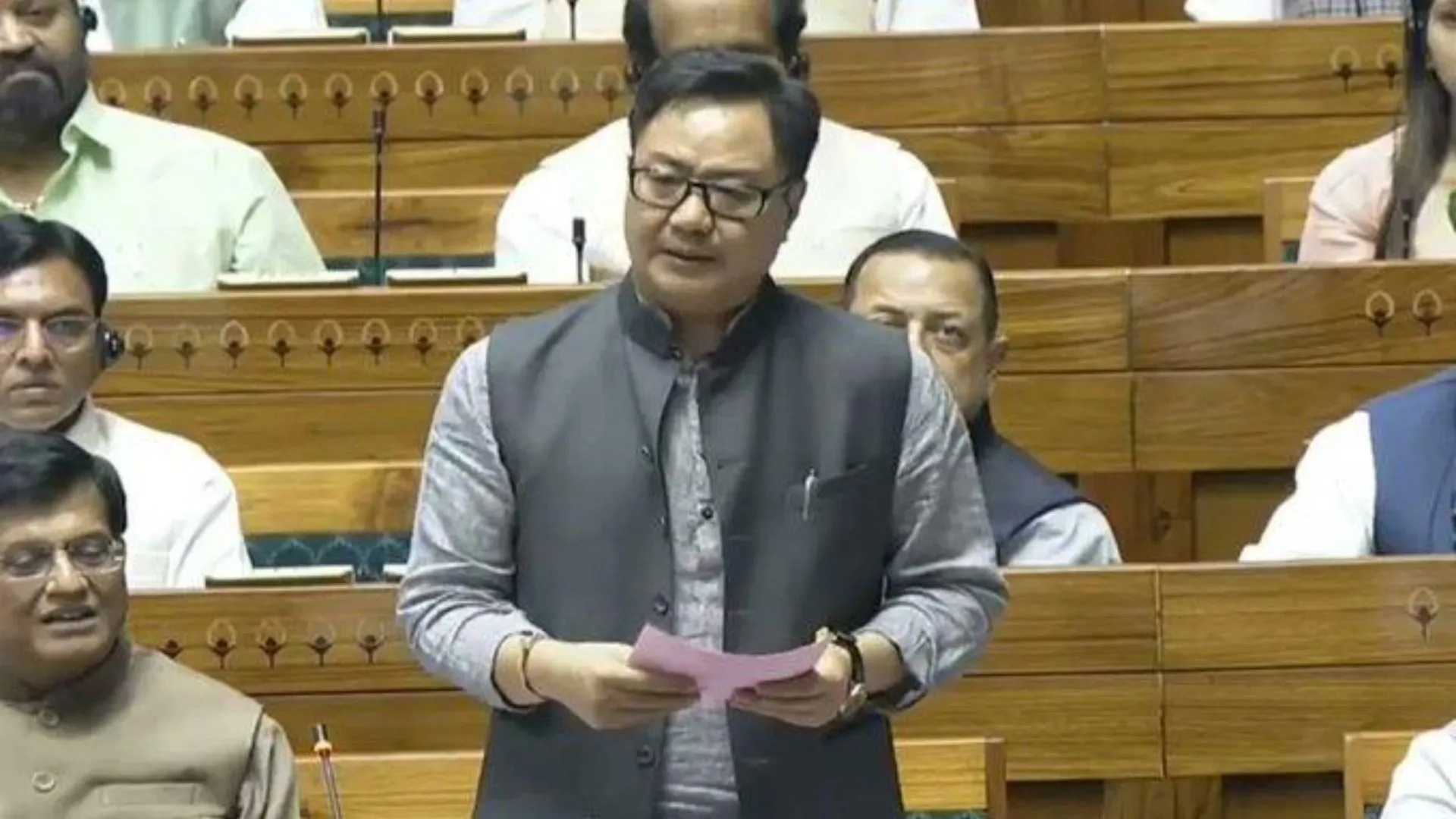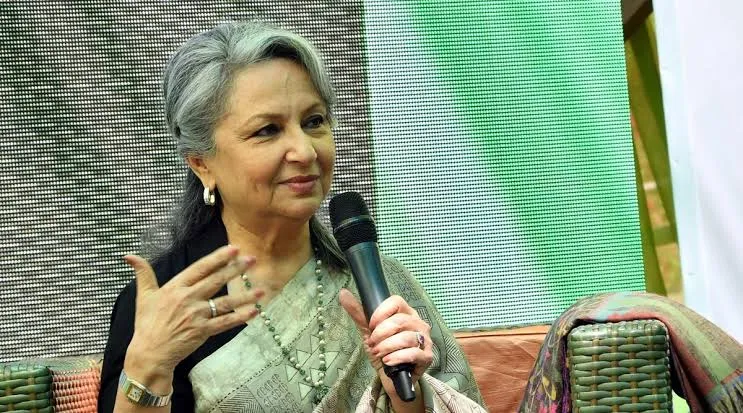North Korean state media released images on Friday of leader Kim Jong Un supervising tests of a multiple rocket launcher system, a day after Seoul accused Pyongyang of firing a series of short-range ballistic missiles. The photos showed Kim, dressed in a brown leather jacket, smiling with uniformed generals as he oversaw the simultaneous launch of what appeared to be 18 projectiles.
Details of the Test
According to a report by the official Korean Central News Agency (KCNA), the test involved “super-large multiple rocket sub-units.” The images depicted the 600mm multiple launch rocket system (MLRS), which North Korea claims can be equipped with nuclear warheads. KCNA reported that the rockets fired during the test “accurately hit an island target 365 km (226 miles) away.”
The exercises were intended to “serve as an occasion in clearly showing what consequences our rivals will face if they provoke us,” the KCNA report stated. It further emphasized that North Korea “will not hesitate to carry out a preemptive attack by invoking the right to self-defense at any time.”
International Reactions and Context
On Thursday, South Korea’s military detected the launch of around 10 short-range ballistic missiles, estimating their range at about 350 kilometers (217 miles). Seoul condemned the launch as a “provocation,” and the US State Department spokesman Matthew Miller labeled the firing of the ballistic missiles as “reckless behavior which poses a grave threat to the Korean Peninsula,” noting that it violates UN sanctions.
Analysts suggest that North Korea might be testing and increasing the production of artillery and cruise missiles before potentially supplying them to Russia for use in Ukraine. This speculation aligns with a Pentagon report released this week, confirming that North Korean ballistic missiles have been used by Russia in its invasion of Ukraine.
Recent North Korean Actions
Earlier in the week, North Korea attempted to launch a second spy satellite into orbit, but it ended in a mid-air explosion. This attempt occurred just hours after a rare trilateral summit between Seoul, Beijing, and Tokyo, where leaders called for Pyongyang to abandon its nuclear weapons.
In a retaliatory move, North Korea sent hundreds of trash-filled balloons across the border, following the dispatch of anti-Kim propaganda balloons from South Korean activists. Analysts believe these actions are part of Pyongyang’s efforts to divert attention from the satellite launch failure and assert its military dominance on the Korean Peninsula.
Yang Moo-jin, president of Seoul’s University of North Korean Studies, commented that Pyongyang’s recent activities, including the trash-filled balloons, aim to shift the focus away from their failed satellite launch. He added that North Korea is trying to convey that the military initiative on the peninsula belongs to Pyongyang, not South Korea or the United States.
Accusations Against the US and South Korea
In a separate KCNA report on Friday, North Korea accused the United States of deploying its RC-135U reconnaissance aircraft from Japan to the Korean peninsula earlier in the week. The report also mentioned that other US and South Korean reconnaissance aircraft, including the U-2S and RQ-4B, were conducting round-the-clock monitoring and espionage on North Korea, which Pyongyang claimed seriously violated its sovereignty and security. The report warned that the US and other hostile forces would face unforeseen disasters for their “bluffing and reckless espionage.”
Enhancements in North Korean Military Capabilities
North Korea recently announced plans to equip its military with a new 240mm multiple rocket launcher starting this year, signaling a “significant change” in the army’s artillery combat capabilities. This development indicates Pyongyang’s ongoing efforts to enhance its military strength and strategic positioning.
The latest developments highlight the increasing tensions on the Korean Peninsula and the broader geopolitical implications of North Korea’s military activities. As the international community closely monitors these actions, the situation remains volatile and complex.






















